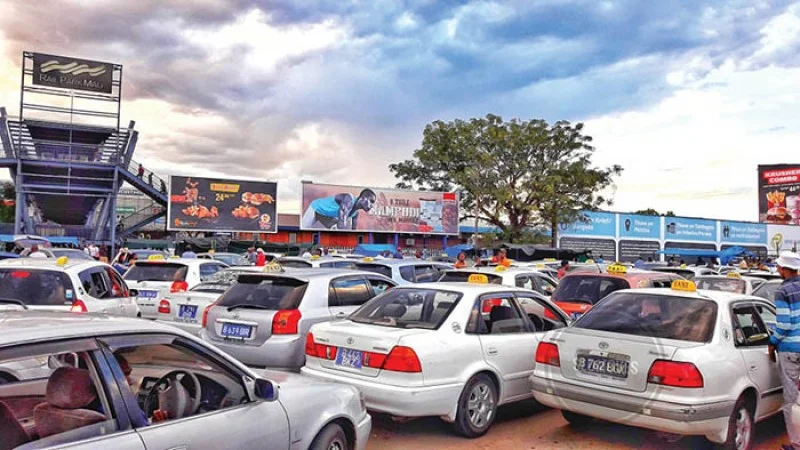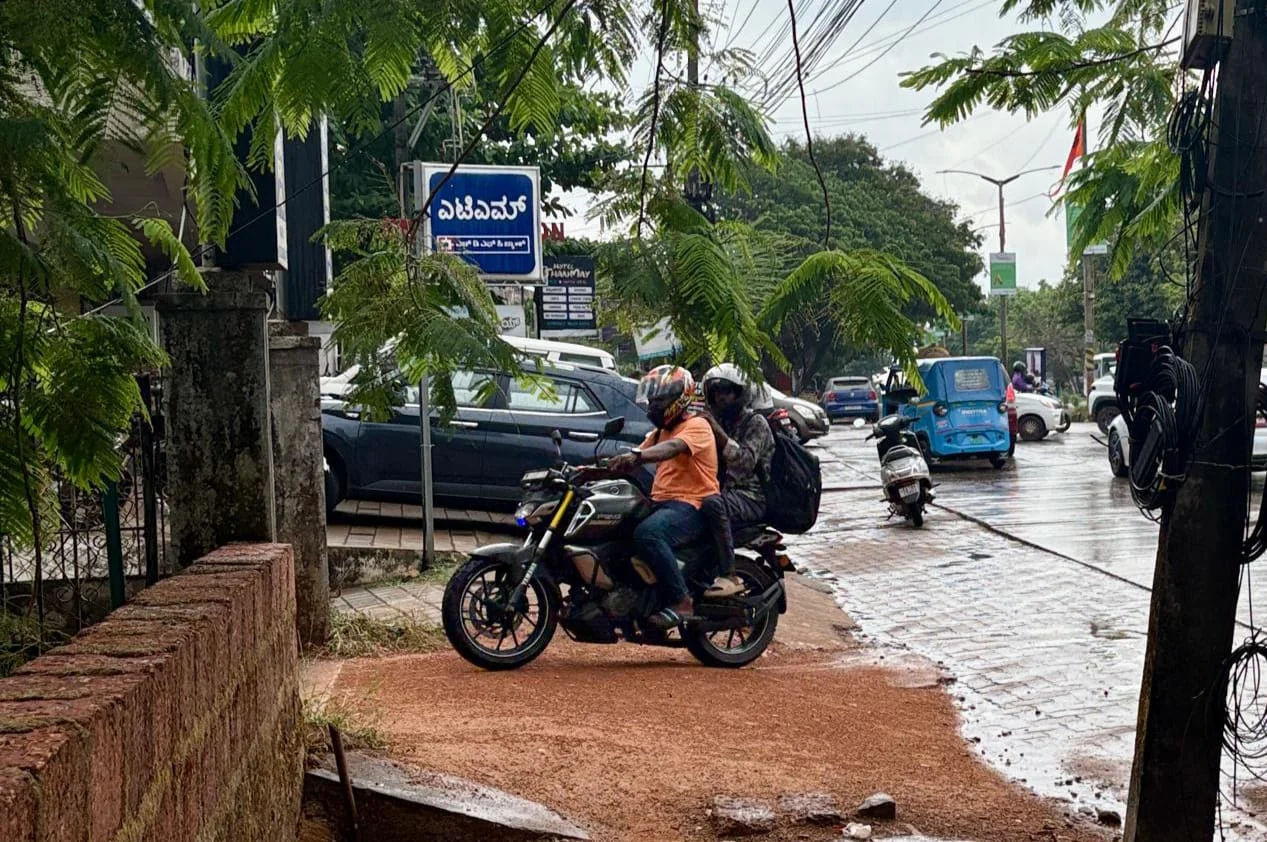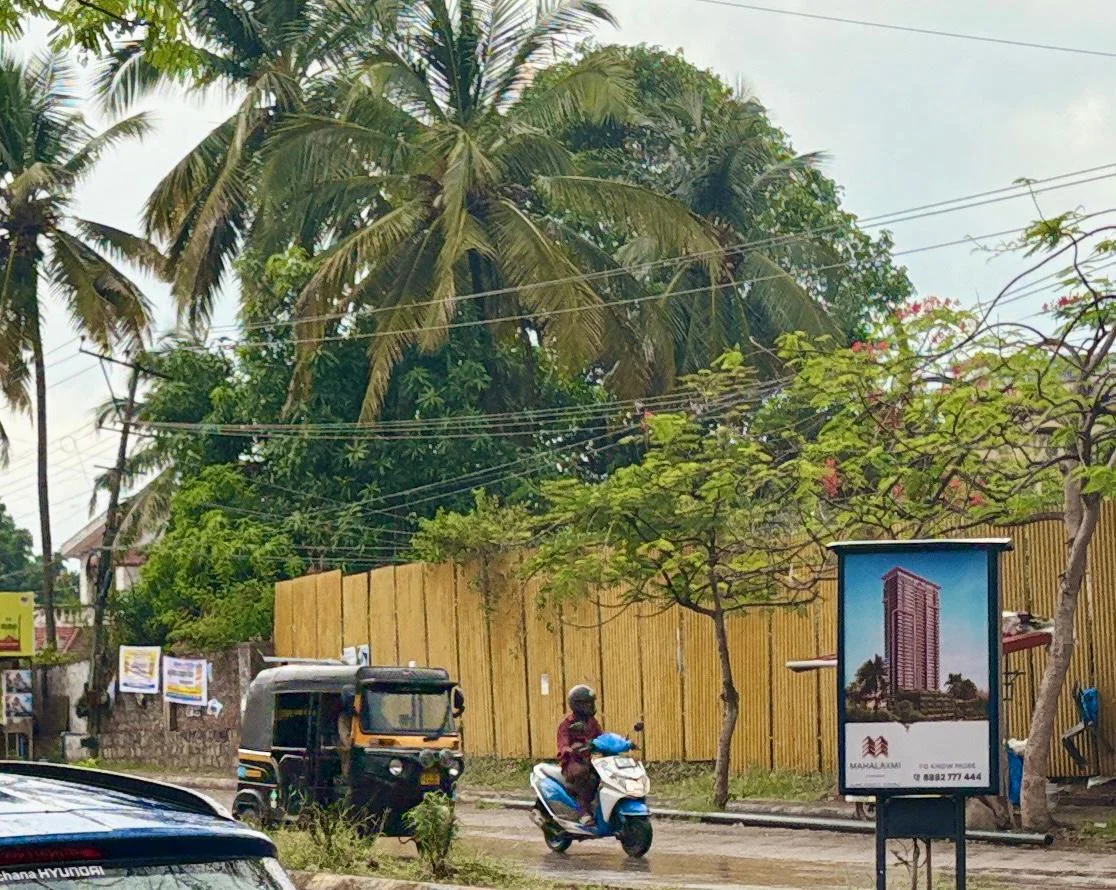As I navigate the bustling streets of Mangalore, I’m constantly reminded of the vastly different transportation systems that exist in our world. Growing up in Botswana, I was accustomed to a system that prioritized safety and order. But here, in this vibrant Indian city, I’ve discovered a transportation landscape that’s chaotic, yet strangely beautiful.
A Tale of Two Systems
In Botswana, our transportation system is built around safety and order. Buses are designed to accommodate a specific number of people, and passenger limits are strictly enforced. It’s a system that reflects our societal values, which prioritize the well-being of citizens and the importance of community. In contrast, Mangalore’s transportation system is a whirlwind of energy and activity. Buses are overcrowded, motorbikes zip through traffic, and autos weave in and out of crowded streets.
Reflections of Societal Values
As I’ve grown accustomed to the rhythm of the city, I’ve come to appreciate the resilience and adaptability of its people. The transportation system here is a testament to the city’s density and energy, where people are willing to push boundaries to get where they need to go. It’s a system that’s vastly different from what I’m used to, but it’s one that’s learned to thrive in the midst of chaos.
Learning from Each Other
One of the most striking differences between the two systems is the role of government. In Botswana, our government plays a significant role in regulating the transportation system, ensuring that safety standards are met and passenger limits are enforced. In Mangalore, the government also plays a role, but it’s more focused on managing the infrastructure and providing some public transportation options. The rest is left to the private sector, which has led to a proliferation of motorbikes and autos.
As I look to the future, I hope that both Botswana and Mangalore can learn from each other’s strengths and weaknesses. Perhaps Botswana can adopt some of the innovative approaches to transportation that I’ve seen in Mangalore, such as the use of motorbikes and autos. Meanwhile, Mangalore could benefit from Botswana’s emphasis on safety and order, implementing stricter regulations to prevent overcrowding and ensure passenger safety.
A Deeper Understanding
Ultimately, the transportation system is a reflection of a society’s values and priorities. By studying and learning from different approaches, we can gain a deeper understanding of what works and what doesn’t, and strive to create systems that are more efficient, safe, and equitable for all. As I continue to navigate these two vastly different transportation systems, I’m reminded of the importance of embracing diversity and learning from each other’s unique perspectives.



